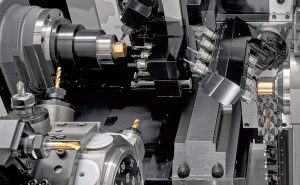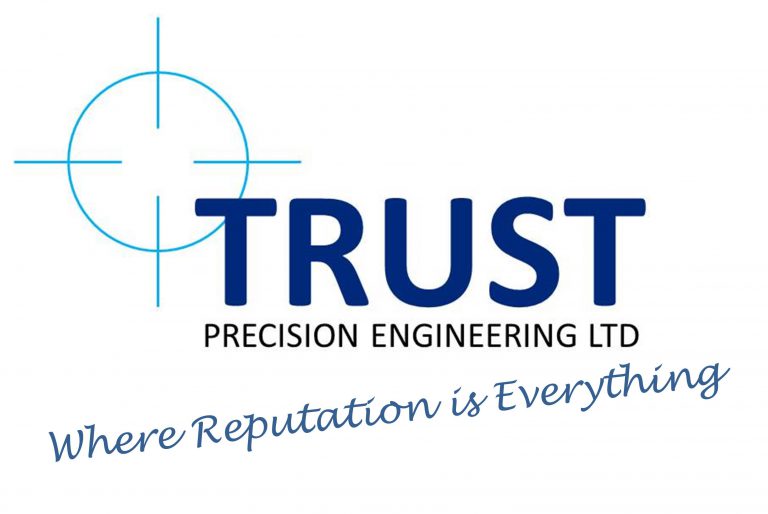A Brief History of Sliding Head Machining Technology
The Technical difference between (conventional) fixed head and sliding head machining technology
Sliding head machining technology is a type of precision machining technology that was developed in the 1940s. It is a form of CNC machining that allows for the efficient production of complex parts with tight tolerances. The technology is based on the use of a sliding headstock, which moves along a bed to perform multiple operations on a single part. The sliding headstock is guided by a computer–controlled program, allowing for precise and repeatable parts production. The technology has been further developed over the years, allowing for the production of increasingly complex parts with higher precision and accuracy. Today, the technology is widely used in a variety of industries for the production of components for aerospace, medical, and automotive applications.
Differences between Technologies:
Fixed head machining technology is a type of machining that utilizes a spindle that is fixed in place. A tool is then moved along the machine‘s axis of rotation, allowing for the cutting of materials. This type of machining is generally used for precision, high speed, and intricate parts. Sliding head machining technology is a type of machining that utilizes a spindle that is able to move along the machine‘s axis of rotation. This allows for the machining of large and complex parts with a high degree of accuracy. The spindle can also be used to produce complex and intricate parts, as it is able to move around the part and reach areas that would be difficult or impossible to reach with a fixed head.
Sliding Head (Swiss Style) machines have the capability to produce parts impossible on conventional mill turn machines due to the guide bush design. Long slender shafts at very small diameters can be accurately and repeatedly produced due to this technology.

Modern machines will routinely manufacture parts with 3 simultaneous cutting operations, either milling or turning, to the main and sub-spindles making for extremely cost efficient production. Chip breaker technology, such as Citizen Machinery’s LFV, aid swarf control. This reduces operator inputs and aids efficiency through unmanned running. With the appropriate attachments and imagination the possibilities are boundless on these machines.

 AS9100 Aerospace
AS9100 Aerospace 
